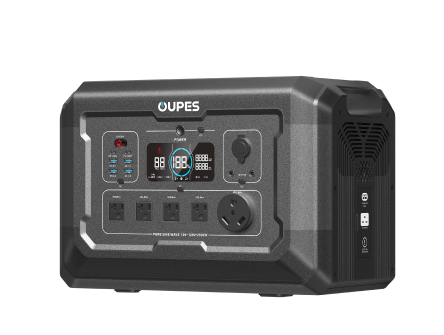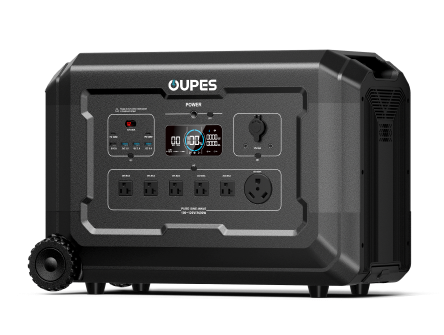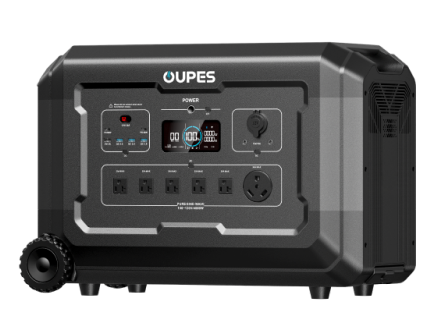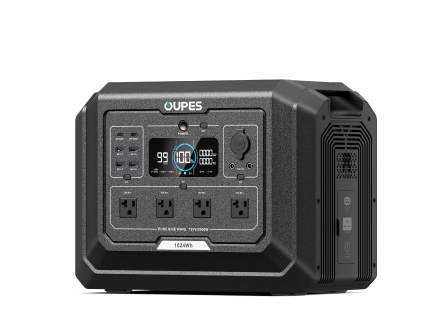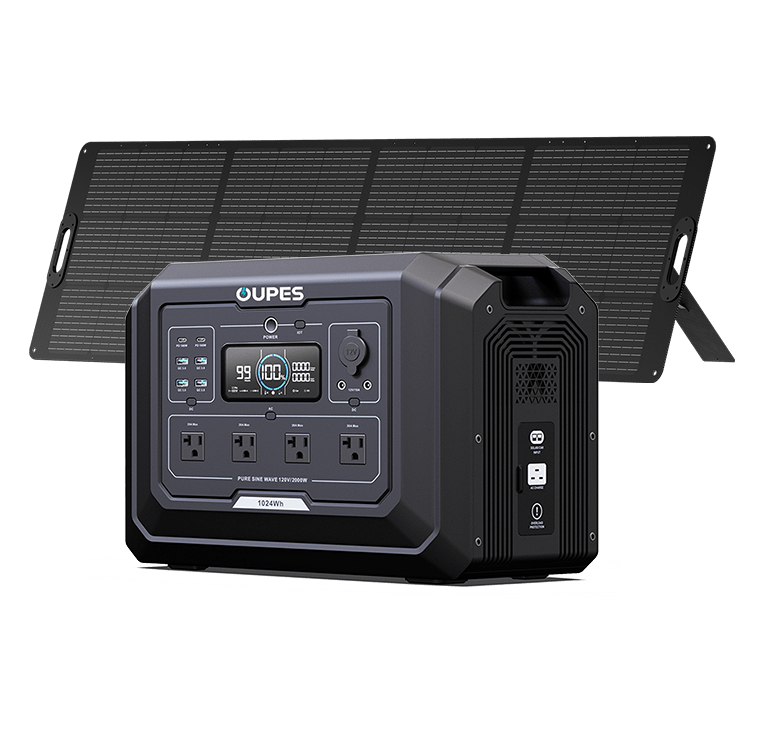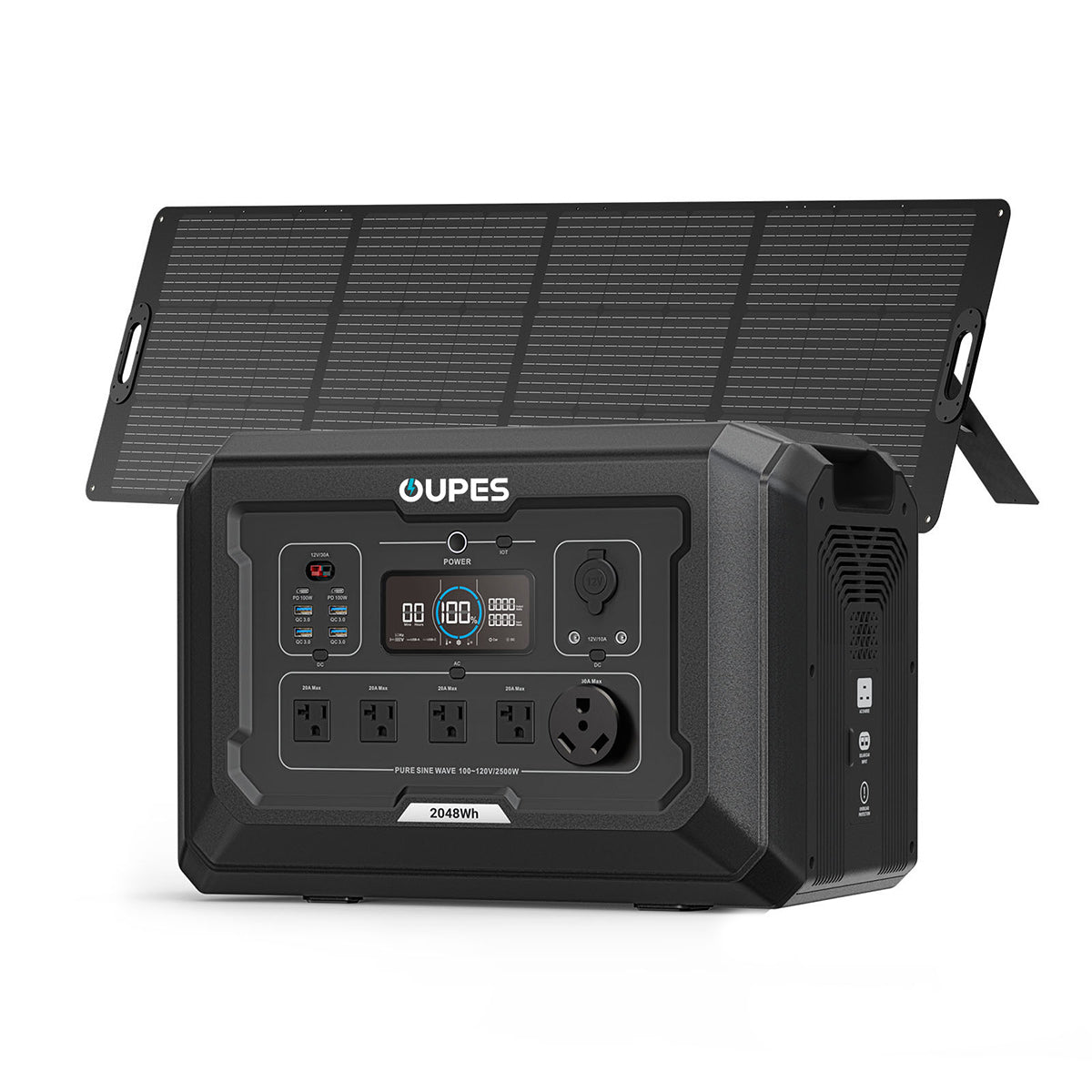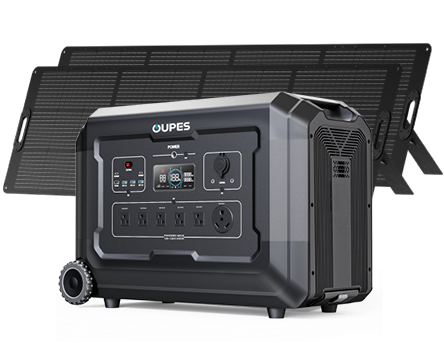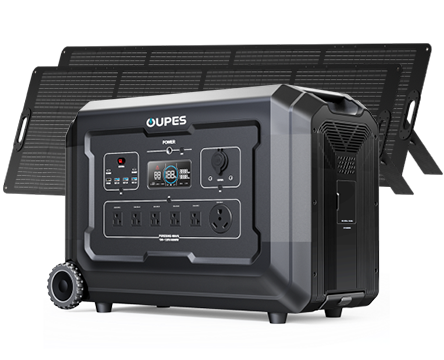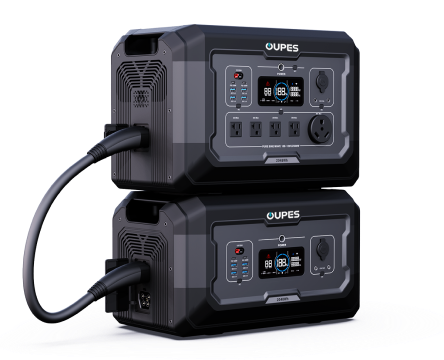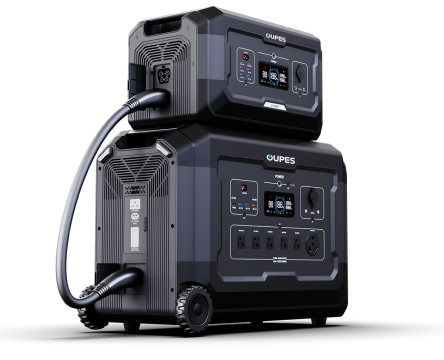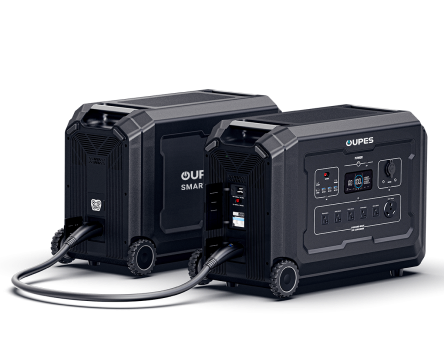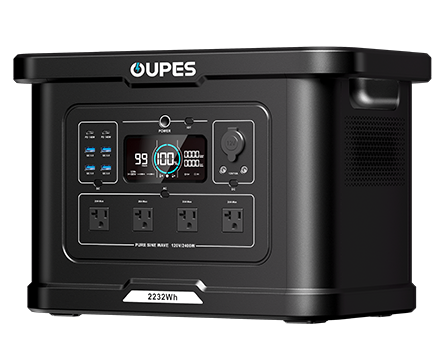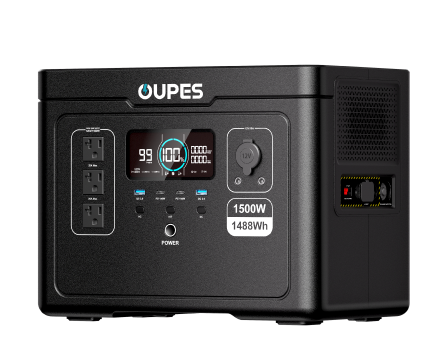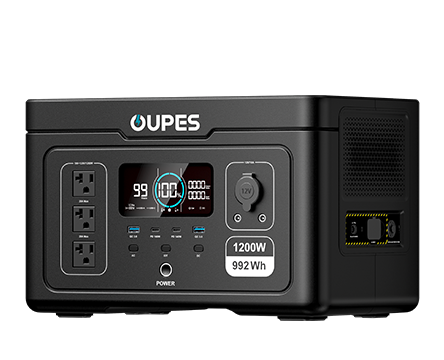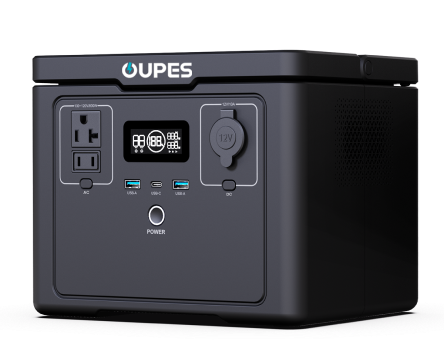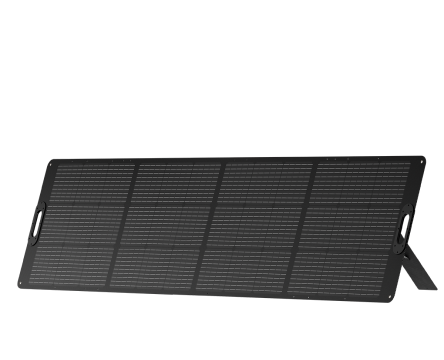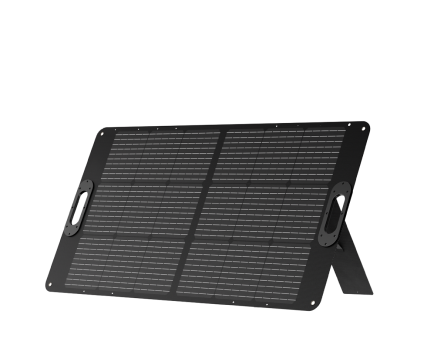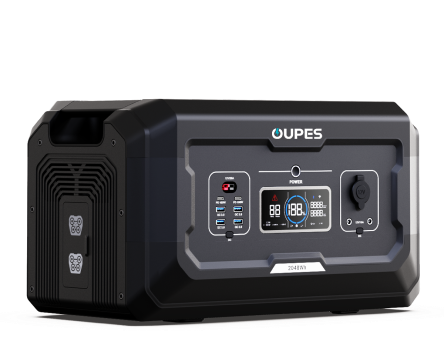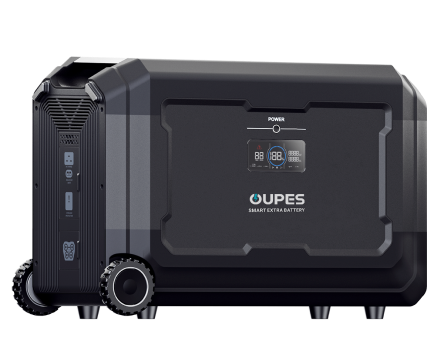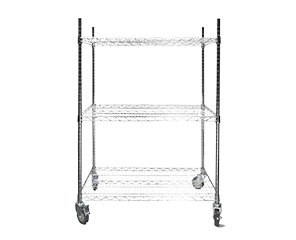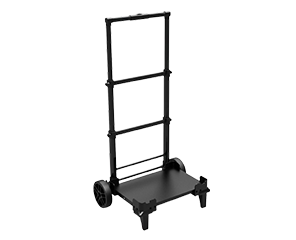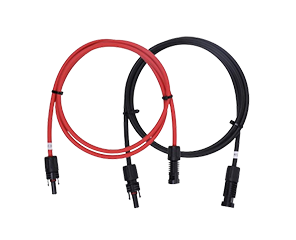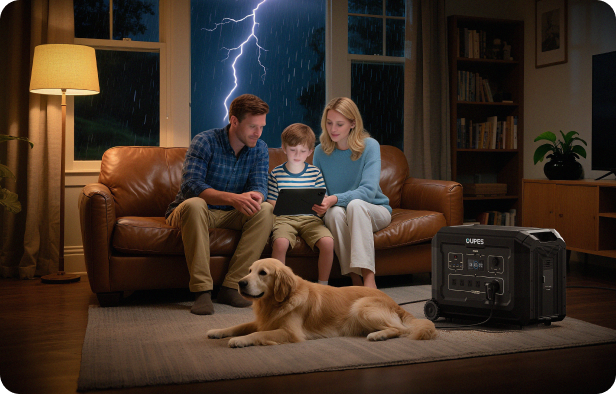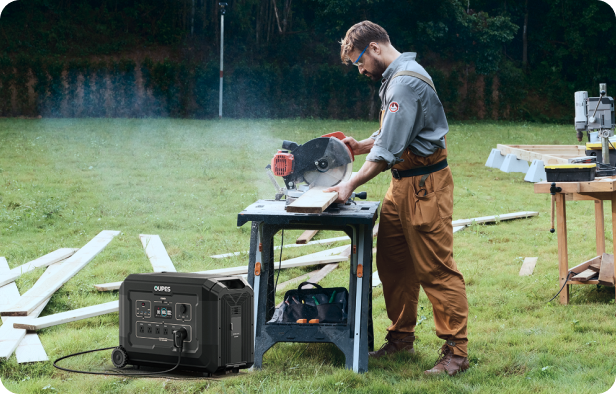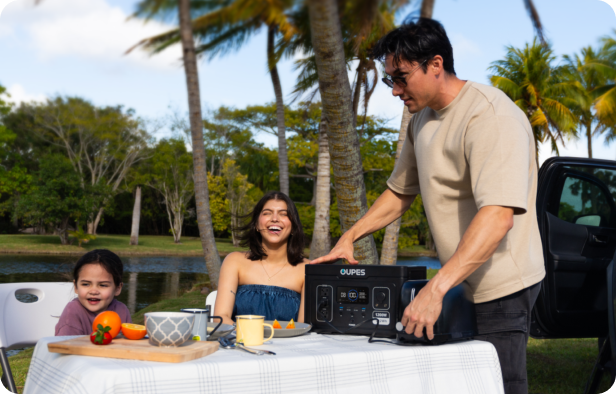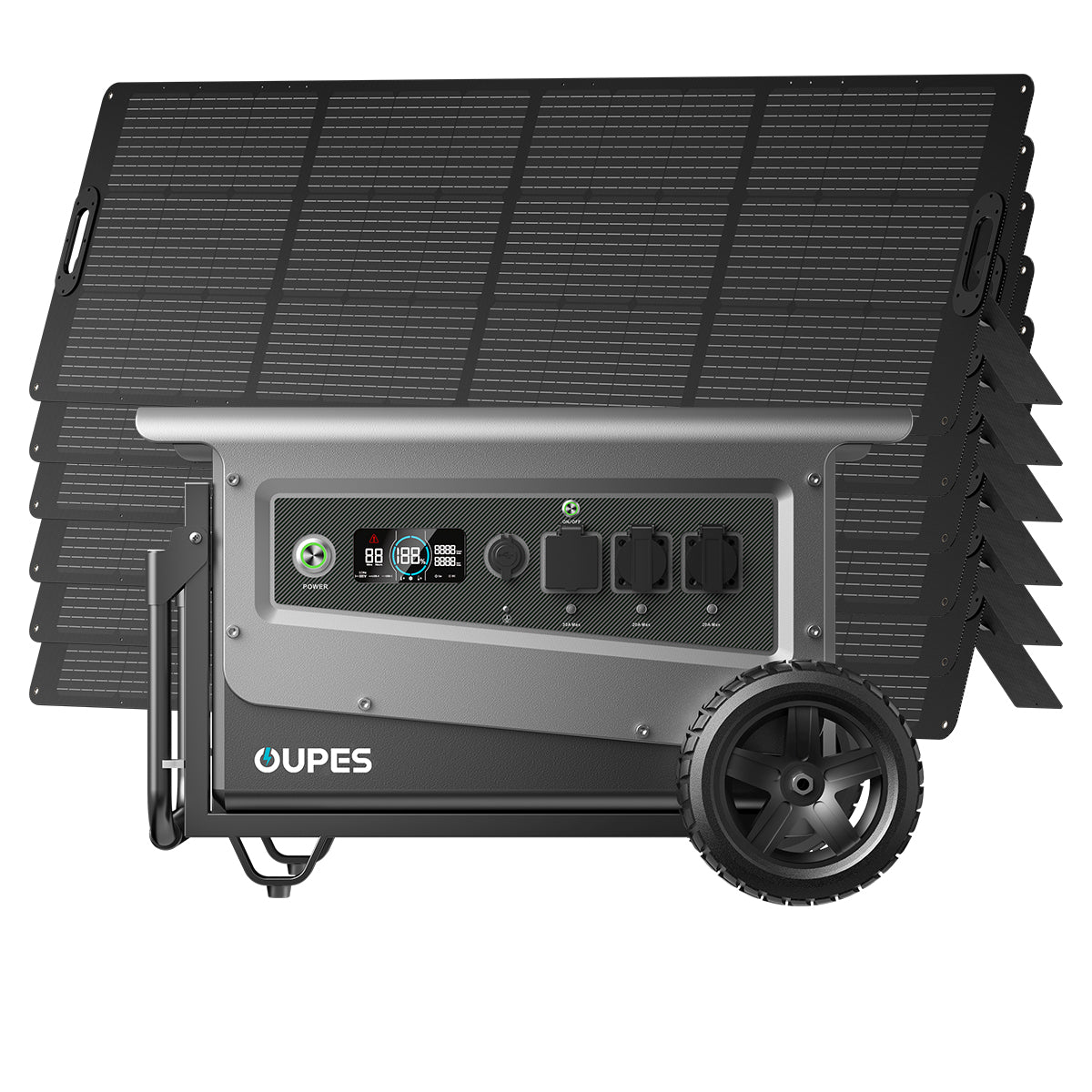
In the world of renewable energy, solar power generators stand as a beacon of self-sufficiency and sustainability. But beneath their sleek exteriors and seamless functionality lies a crucial question: does the generator within a solar power system produce direct current (DC) or alternating current (AC)? Understanding this fundamental principle unlocks deeper insight into how these systems operate, empowering you to make informed decisions when choosing the right portable power station.
The Essence of Solar Power: A DC Foundation
At the heart of every solar generator lies its fundamental energy conversion process. Solar panels, the primary energy harvesters, absorb sunlight and convert it into direct current (DC) electricity. This is a natural consequence of photovoltaic (PV) cell operation, where light excites electrons, generating a unidirectional flow of electricity. DC power is steady, unidirectional, and inherently efficient for storage, which is why it serves as the default electrical output from solar panels.
But here’s where things get interesting. Most household appliances, including refrigerators, televisions, and air conditioners, operate on alternating current (AC). This discrepancy creates a necessity for an intermediary component—an inverter—to bridge the gap between raw solar energy and practical usability.
The Role of the Inverter: Converting DC to AC
The inverter serves as the brain behind the operation, transforming DC electricity into AC power suitable for everyday appliances. Without this vital component, a solar generator would be limited to charging DC-compatible devices such as laptops, smartphones, and certain battery-operated tools.
Modern solar power stations, like those from OUPES, integrate high-efficiency inverters that ensure smooth AC power delivery. These inverters are meticulously engineered to minimize energy loss during conversion, optimizing overall system efficiency. Some models even feature pure sine wave inverters, which replicate the smooth, consistent waveform of utility grid electricity, ensuring compatibility with sensitive electronics.
Hybrid Capability: DC and AC Coexistence
One of the greatest advantages of modern solar generators is their hybrid capability. Many systems, including those offered by OUPES, provide both DC and AC output ports. This flexibility allows users to power low-energy DC devices directly while simultaneously running high-energy AC appliances through the inverter. Such dual-functionality enhances versatility, making these generators indispensable for home backup, outdoor adventures, and emergency preparedness.
Maximizing Efficiency: When to Use DC vs. AC
While AC is the standard for household use, direct DC connections often offer superior efficiency. When a device can operate on DC, bypassing the inverter minimizes energy loss. This principle is particularly useful for LED lighting, portable fans, and USB-powered devices, which consume less power and extend battery longevity.
For larger, energy-intensive applications, however, AC remains essential. High-wattage appliances, including microwaves, coffee makers, and power tools, require the consistency and strength of an AC output. Understanding when to leverage each power type allows you to optimize your solar generator’s performance, maximizing its operational lifespan and efficiency.
Conclusion: A Seamless Fusion of DC and AC Power
To answer the question definitively: a solar generator itself primarily produces DC power, but with the integration of an inverter, it effectively delivers AC electricity as well. This harmonious fusion of energy types ensures that your portable power station remains a reliable and adaptable source of electricity, no matter the situation.
Whether you seek energy independence, emergency backup, or a power source for outdoor excursions, OUPES solar generators offer cutting-edge technology designed to seamlessly switch between DC and AC, providing you with uninterrupted power whenever and wherever you need it.

